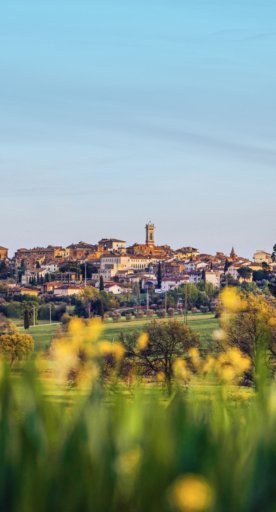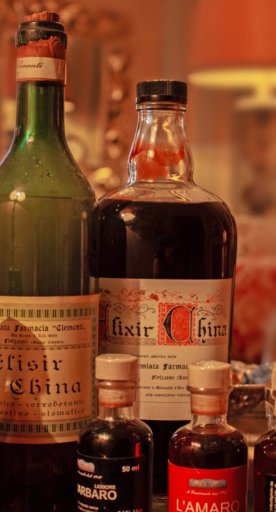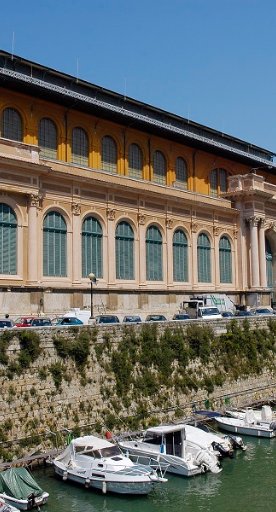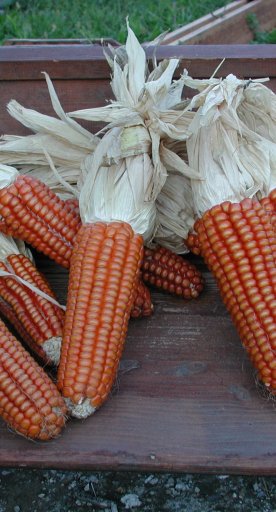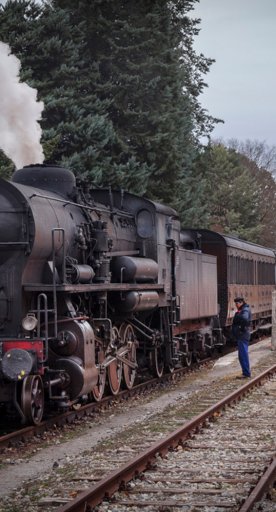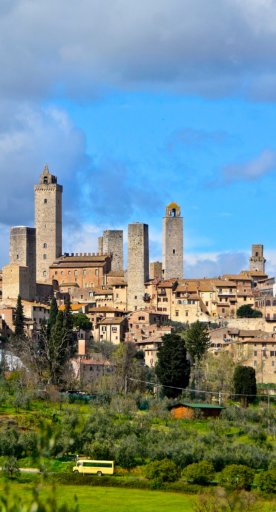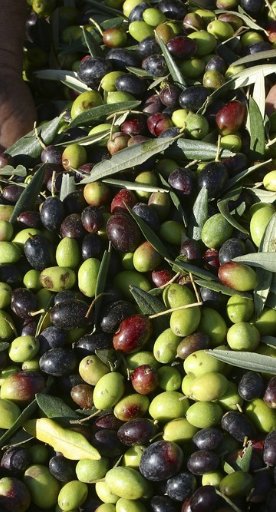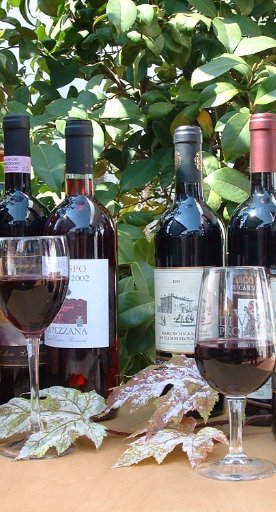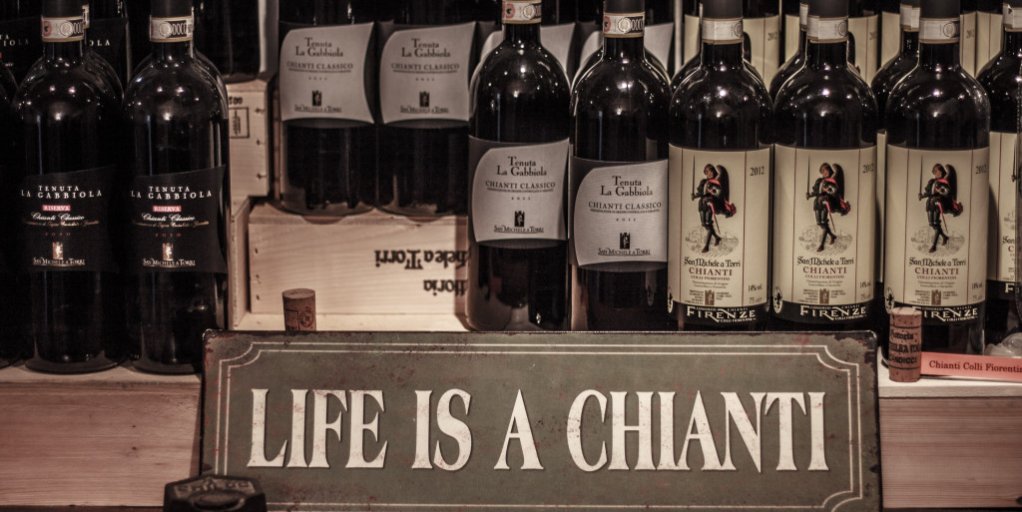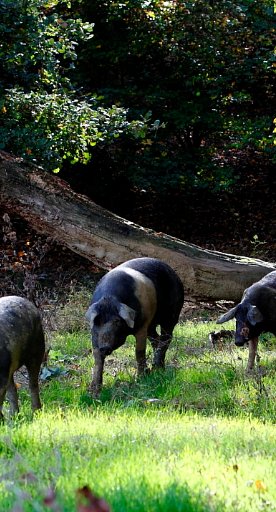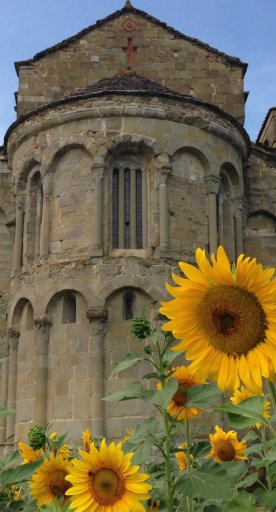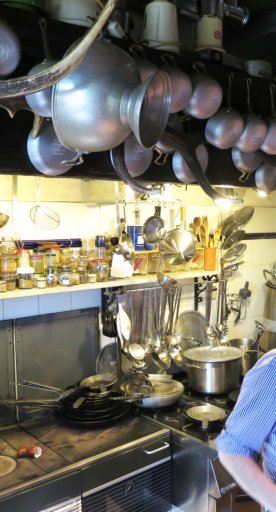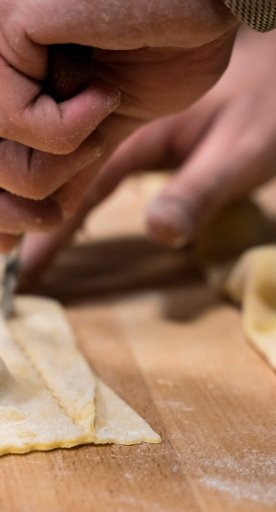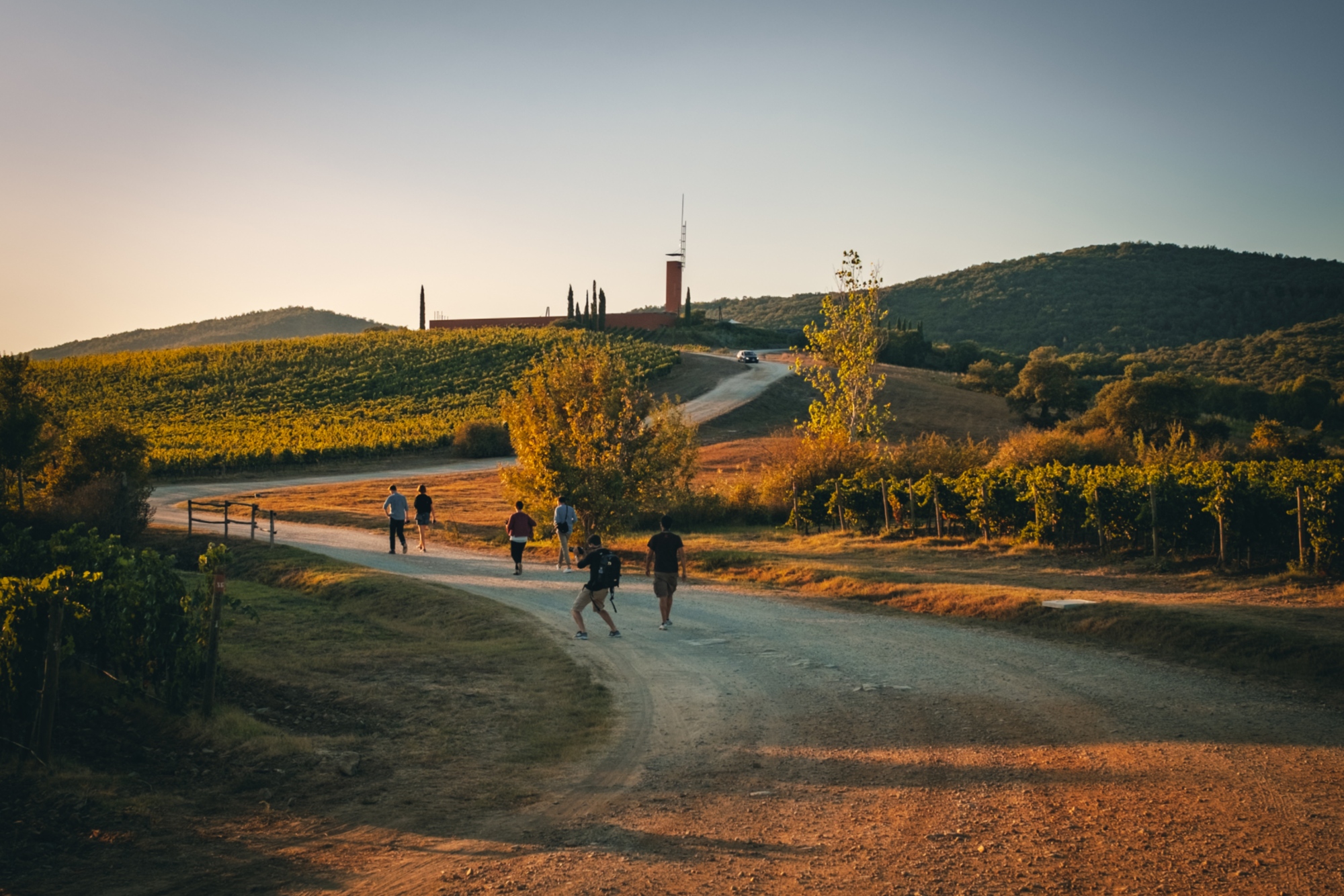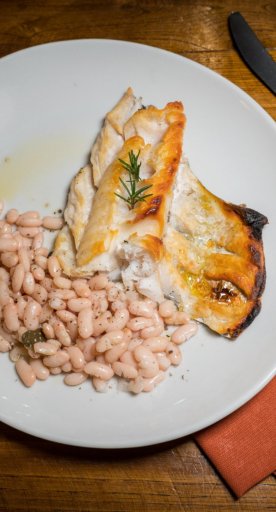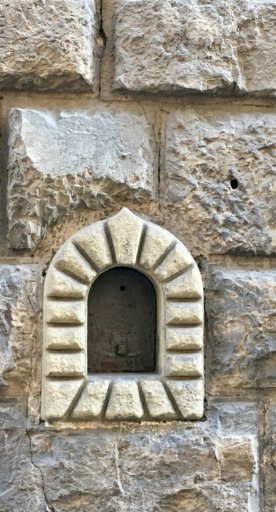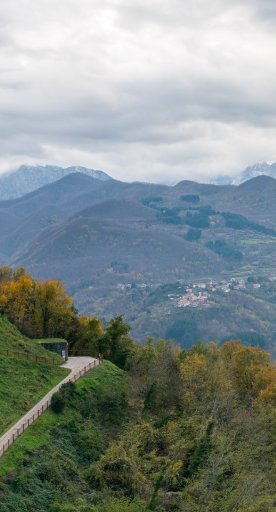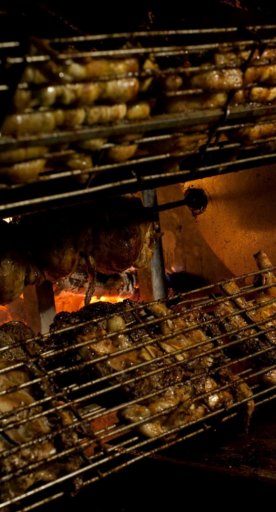Flavour-forward: shepherding in the Zeri Valley
Read about the Zeri lamb, a traditional product of the Lunigiana
The narrow, twisty path that ascends to Zeri, the beautiful valley tucked within the peaks of the Lunigiana in northern Tuscany, is quite the scenic route. As the van climbed up the Apuane Alps, the road opened up to forested grounds and lush green pastures and minuscule villages dotting the otherwise untouched landscape. From the distance, a glimpse to the tallest peaks revealed a dusting of snow. Autumn and its colours suited this place very much. Yet even on a brilliantly sunny day as the one we found, the cold can be biting; it encourages you to find a cosy place indoors, by the fireplace, and to tuck into some local delights for sustenance and comfort. That is precisely what we did.


Upon arrival, we were welcomed by Cinzia Angiolini, one of the few shepherds still present in the valley, and the main player within the Zeri lamb consortium, which counts 18 producers (many of them women) operating in the mountainous areas around Zeri, Mulazzo, Pontremoli, Filattiera, and Bagnone. Chatty yet fast-moving, Cinzia chaperoned us into the rectory; she treated us to a simple lunch of herb-spiked frittata, cured meats, local cheese and homemade sponge cake before taking us on a walk to the closest pen to pay a visit to part of her herd.
There, she began to call her many sheep by name – Adelina, Isy. And the sheep, one by one, began to move; they came closer, like the mice in The Magic Flute, while the dogs – an old maremmano and a docile mutt – encouraged the gathering. And as we witnessed this display of obedience and devotion, with bleating as a background sound, Cinzia told us more about the herd, the land, and the perks and perils of her job.
The zerasca is a rare breed of sheep original to the Zeri valley. Prized for the tender and succulent meat, its very existence is now protected by a Slow Food Presidium, as well as by strict production guidelines shared by all the consortium producers since its foundation in 2001. According to these guidelines, the Zeri lambs are raised for three months – fed on the rich milk of their mothers and pastured on the diverse, organic vegetation of the Lunigiana valley – before they are processed. As a result, their meat is not only more sustainable, but also more complex and rich in flavour and aroma.

We had a chance to confirm its deliciousness later in the day, during dinner. As we gathered at La Torre, the restaurant of Agriturismo Montagna Verde, in the medieval hamlet of Licciana Nardi, the chef, Luca Maffei, announced a second course of Zeri lamb cooked on a testo over an open fire. Indeed, a large testo – a cast iron pot typical of the Lunigiana – was already warming in the fireplace as we sat down. Soon enough, it became hot enough to welcome a pan filled with lamb and potatoes, which Luca slid in and covered with the scorching lid before forgetting about it for an hour.
The lamb, quaffed with a bottle of white wine halfway through, was sublime. Crisp and slightly smoked from the fire, yet tender throughout thanks to the steam trapped inside the testo, it exceeded all expectations. Hearty and comforting, it made for the perfect ending to a great day discovering the rich flavours and traditions of this lesser-known corner of Tuscany.












